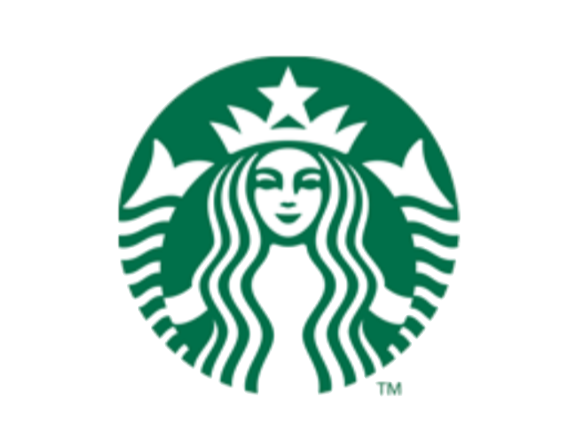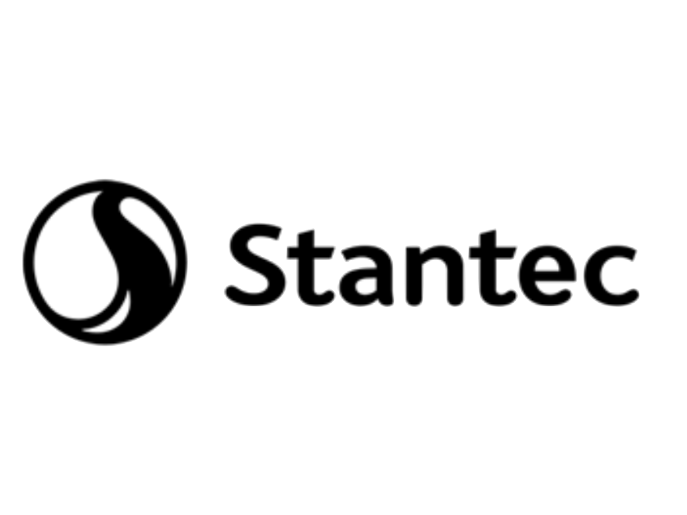An intersectional perspective is integral to supporting human rights and eliminating inequality in the workplace.
The term intersectionality defines the notion that social identities, such as race/ethnicity, gender identity, biological sex, sexual orientation, age, socio-economic status, disability/ability, marital status, migration status, and religion, overlap and intersect in dynamic ways that shape each individual and their experiences. Multiple factors often operate together to compound experiences of discrimination and exclusion for those with various overlapping and intersecting identities. For example, an Indigenous woman living with a disability will experience multiple additional barriers to advancement in the workplace beyond her identity as a woman.
While many organizations have initiatives to support gender equality, research suggests that in general, these initiatives often benefit women who are white, heterosexual, and able-bodied.The concept of “Emotional Tax” provides a fitting example of the ways that ignoring multiple identity factors can perpetuate inequality: 60 percent of Asian, Black, Latinx, and multiracial women report that they feel compelled to stay alert to protect themselves from racial and gender bias in the workplace.Approaching workplace policies, programs, and initiatives from an intersectional perspective is integral to supporting human rights in the workplace and eliminating entrenched bias and inequality that can adversely affect all employees.
Success Factors for Intersectionality
- Recognize that gender is only one of a wide range of identity factors that can influence an employee’s experience. Learning and sharing the lived experiences of employees provides an understanding of what intersectionality is and how different identities impact gender equality. Also, incorporating storytelling helps to increase awareness about gender differences, widen perspectives, and foster knowledge building and organizational change.
- Avoid a “blanket approach” solution by considering various social identities when creating and implementing programs, policies, and initiatives, especially those linked to gender equality. Collect, measure, and analyze qualitative and quantitative disaggregated data over time to recognize and respond to the multitudes of visible and invisible identities and prevent friction or exclusionary practices.
- Identify any biases related to intersectional identity within your organization. Conduct an intersectional analysis of new and existing policies, practices, and initiatives such as remuneration, hiring, retention, and promotion, career development, flexible work, dress code, etc. There are many additional oppressive systems (e.g. racism, classism) that affect how individuals experience gender-based discrimination.
Good Practices in the Private Sector

Starbucks recognizes that identity is a complex concept and has policies in place to acknowledge the gender spectrum of its employees. Starbucks leveraged its internal employee networks, Pride Alliance and Women’s Impact Network, and, under the guidance of its Inclusion Council, implemented a policy for inclusive language. This policy addressed the use of inclusive pronouns in internal communications as well as an education program for leaders to highlight the importance of terms and language. Additionally, Starbucks has provided pins for employees to mark their pronoun preference as a means of ensuring that employees feel included and respected as individuals.

Stantec created Inclusion Moments as way to start a meeting, event, or spark a conversation about building a working environment that is welcoming, safe, and free of judgement. Inclusion Moments are designed to facilitate the discussion of specific topics related to inclusion and intersectionality, such as the relationship between unconscious bias, the role that allyship can play in supporting the advancement of women, and embracing the role of intersectionality in the workplace.
Recommendations for Intersectionality
- Assess the intersectionality of social identities that exist within a company, in particular across various levels of leadership. Form an advisory board with broad intersectional representation to oversee issues of identity and inclusion to help identify risks and create mitigation strategies.
- Do your due diligence. Research and conduct consultations with impacted groups to gather relevant information and create trust among stakeholders, but respect that some employees will not be comfortable speaking out about their experiences.
- Ensure leaders are aware of the intersectional identities that are present in their workplaces and provide them with training to better understand intersectionality. Build leadership capacity to promote respect and understanding of difference within their teams, and how to build and leverage diverse teams.
- Embed intersectionality into all human rights considerations, workers’ rights policies, and labour practices throughout the organization, including for current employees of all types, supply chain systems, and outreach initiatives.
Good Practices in the Private Sector

After its first diversity and inclusion survey, EBay launched its Courageous Conversations series to allow employees to talk about issues that matter to them like gender, race, politics, and religion. The initiative was started to build empathy and understanding among diverse employees and give everyone a safe space to bring their authentic selves to work. The discussions facilitate the participation of all employees and avoid the siloing of individuals based on a specific identify factor like race or gender, to ensure everyone is aware of the issues and committed to change.
Assess Your Organization’s Intersectionality
- Has your organization considered various social identities to design, plan, or implement its gender equality efforts?
- How does your organization ensure that all identities are acknowledged and equally supported in organizational programs, policies, initiatives, etc.?
- How does your organization address intersectionality within its workers’ rights policies (e.g. human rights, employee rights, or human resources policies)?
- Has your organization analyzed how its policies may impact each gender as well as other social identities differently?
- How does your organization ensure a common understanding of what intersectionality looks like within its workplace?


